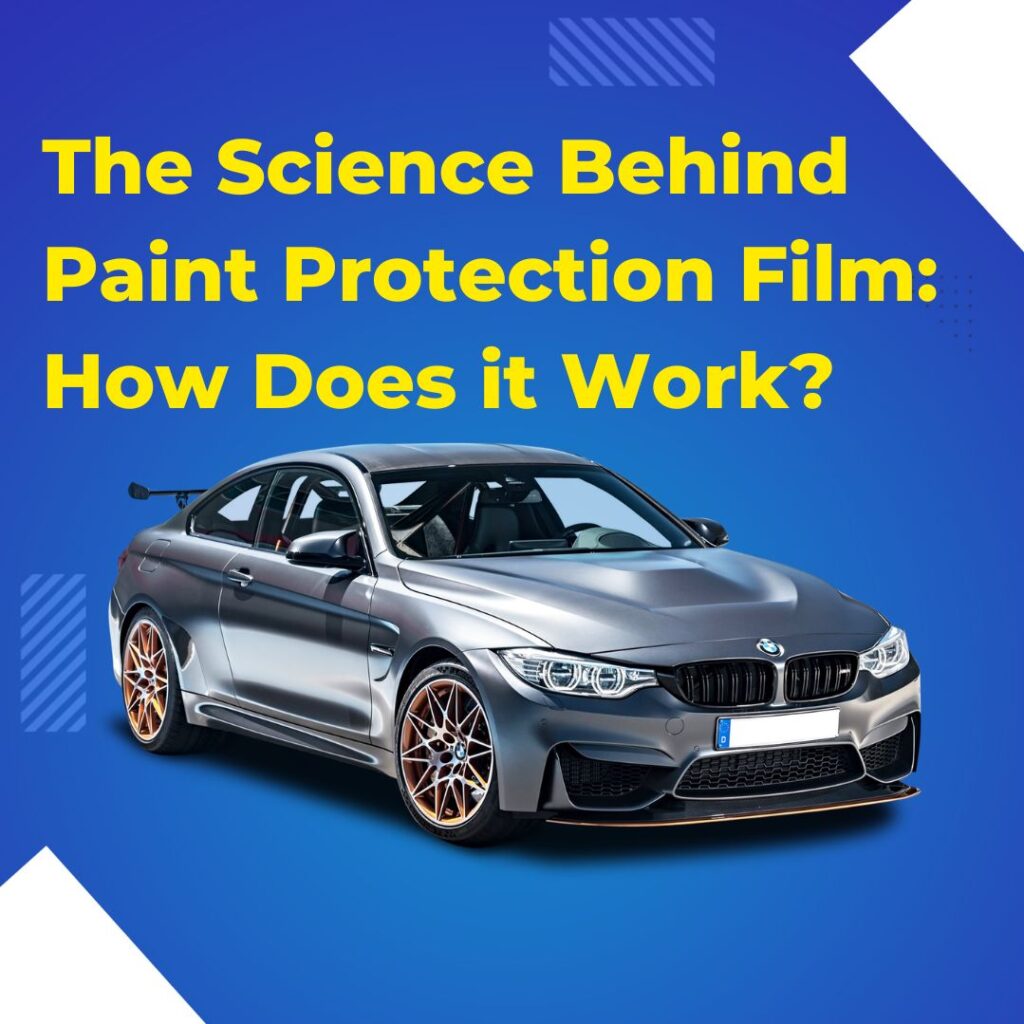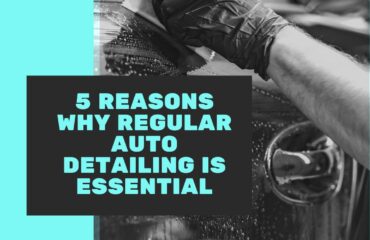
In the realm of automotive care, paint protection film (PPF) stands out as a technological marvel, designed to shield your vehicle’s paint from the myriad of threats it faces on a daily basis. From the scorching sun to the assault of road debris, vehicles endure a constant barrage of environmental and man-made hazards. But how does a virtually invisible film offer such robust protection? Let’s dive into the science behind paint protection film to understand its function, benefits, and the sheer ingenuity of its development.
The Genesis of Paint Protection Film
The origins of paint protection film can be traced back to the military industry in the 1960s, developed as a means to protect helicopter blades from high-velocity debris and environmental damage during the Vietnam War. This technology was later adapted for automotive use, evolving over the years into the advanced PPF we see today. Modern PPF is a clear, thermoplastic urethane film, meticulously engineered to be both durable and elastic, providing a protective shield without compromising the aesthetic beauty of the vehicle’s paint.
The Composition of PPF
At its core, paint protection film is a compound of several layers, each serving a distinct purpose:
- Top Coat: This is the layer that faces the elements and contains elastomeric polymers that allow the film to self-heal over time, erasing swirl marks and light scratches when exposed to heat.
- Polyurethane Layer: The primary component of PPF, polyurethane, is known for its incredible durability, resistance to abrasions, and yellowing from UV exposure. It’s both flexible and resilient, allowing it to conform to the curves and contours of the vehicle.
- Adhesive Layer: A clear, pressure-sensitive adhesive layer secures the film to the vehicle’s paint, creating a seamless bond that not only protects but also stays invisible to the eye.
- Release Liner: Before application, the film is backed with a release liner that is removed to expose the adhesive side during the installation process.
How PPF Protects Your Vehicle
1. Impact Resistance: The elastomeric properties of PPF absorb and dissipate the energy from impacts such as rock chips and road debris, protecting the paint underneath from damage.
2. Scratch and Stain Resistance: The top layer of the film is designed to resist scratches and stains from bird droppings, tree sap, and other corrosive materials, preserving the integrity and appearance of the vehicle’s paint.
3. UV Protection: UV inhibitors embedded within the film prevent the paint from fading and discoloration caused by prolonged exposure to the sun’s ultraviolet rays.
4. Self-Healing Technology: Minor scratches and swirls on the surface of the film disappear with heat exposure from the sun or engine heat, maintaining a flawless appearance over time.
The Installation Process
The application of PPF is as much an art as it is a science. Professional installers meticulously apply the film to the vehicle, ensuring precise alignment and seamless coverage. The process involves cleaning and preparing the surface, carefully placing the film, and then using squeegees to remove bubbles and ensure perfect adhesion. The result is a protective barrier that’s virtually invisible, leaving the vehicle’s aesthetics unchanged but significantly more protected.
Why Choose PPF for Your Vehicle?
Investing in paint protection film is a decision that pays dividends in the long run. It not only preserves the vehicle’s showroom shine but also reduces maintenance needs and costs associated with paint repair. Whether you’re navigating the urban jungle or cruising on open highways, PPF stands as a guardian against the elements, ensuring your vehicle remains pristine and well-protected.
In conclusion, paint protection film represents a remarkable fusion of chemistry, engineering, and material science, developed to provide unparalleled protection for your vehicle’s exterior. Its advanced composition and innovative features like self-healing technology make it an essential investment for anyone looking to maintain their vehicle’s appearance and resale value.
The science behind paint protection film is a testament to the advancements in automotive care technology. It’s not just about keeping your car looking new; it’s about smart protection for your investment. By choosing PPF, you’re not just applying a layer of protection; you’re ensuring that every journey, no matter how rough, leaves virtually no trace on your vehicle’s beautiful exterior. It’s a shield against the elements, a guardian against wear and tear, and an invisible force field that keeps your car’s paint job in pristine condition.
Embrace the future of automotive paint protection with PPF and enjoy the peace of mind that comes from knowing your vehicle is protected by the best science has to offer.




